In the wild world of nature, creatures have evolved some pretty fascinating—and sometimes terrifying—hidden weapons. These adaptations, often concealed until the moment they are needed, can transform seemingly harmless animals into formidable threats. From underwater assassins to land-dwelling warriors, these creatures have mastered the art of surprise.
1. The Pistol Shrimp’s Sonic Boom
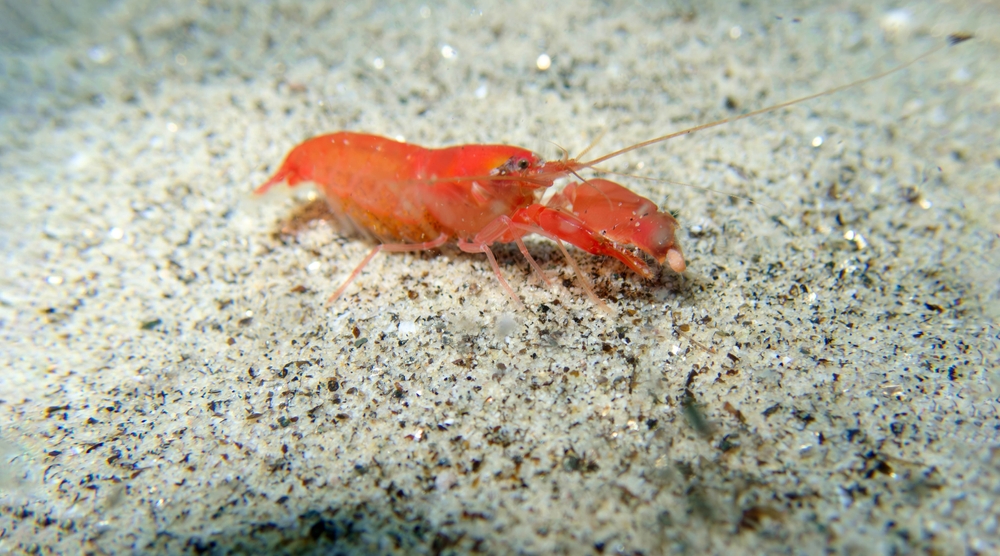
The pistol shrimp may be small, but it packs a mighty punch with its explosive claw. This tiny marine marvel snaps its claw shut so fast, it creates a powerful bubble that bursts with a sonic boom. This shockwave can stun or even kill prey, turning the shrimp from a peaceful dweller into a stealthy predator. The pistol shrimp’s hidden weapon is not only a deadly tool but also a fascinating example of nature’s ingenuity, making it a tiny powerhouse of the ocean.
2. The Platypus’ Venomous Spurs
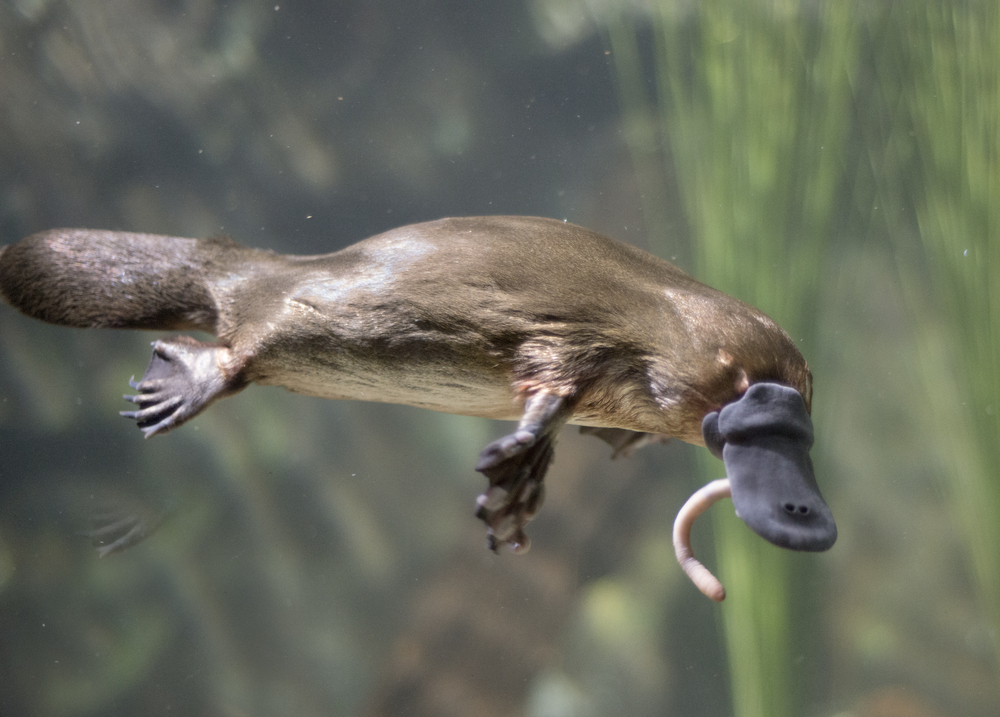
The platypus, often seen as a quirky and cute creature, has a surprisingly dangerous side. Male platypuses are equipped with venomous spurs on their hind legs. While the venom isn’t fatal to humans, it can cause severe pain and swelling. This unexpected weapon is used during mating season to assert dominance over rivals. The platypus, with its duck-bill and beaver-tail fusion, proves that appearances can be deceiving, and its venomous defense mechanism is a testament to its complex nature.
3. The Poison Dart Frog’s Toxic Skin
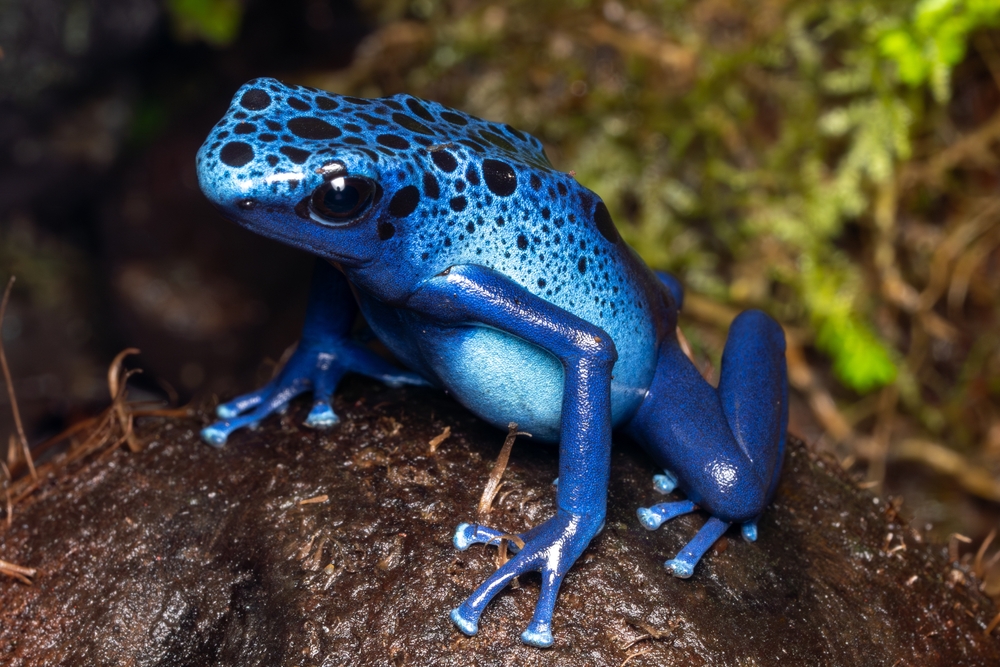
Vibrantly colored and dangerously toxic, poison dart frogs carry a potent weapon right on their skin. These tiny amphibians produce powerful toxins that deter predators, making them a lethal package despite their small size. Indigenous tribes have long utilized these toxins for hunting, coating their blow darts with the frog’s poison. The striking beauty and lethal touch of these frogs are a reminder of the delicate yet dangerous balance of nature, where vibrant colors often signal a deadly warning.
4. The Horned Lizard’s Blood-Squirting Eyes
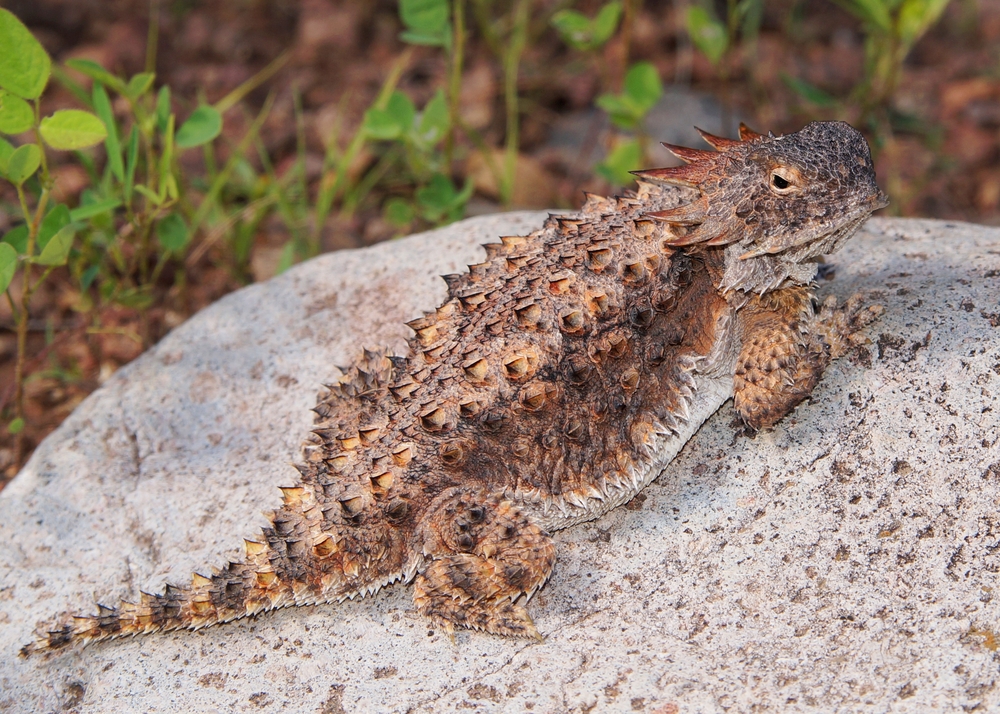
The horned lizard has one of the most bizarre and unexpected defense mechanisms in the animal kingdom. When threatened, it can shoot a stream of blood from its eyes, aimed at its attacker. This unsettling trick is both a deterrent and a survival tactic, confusing predators long enough for the lizard to escape. The horned lizard’s blood-squirting ability is a vivid illustration of how evolution can lead to truly astonishing adaptations, even if it might make you squirm a bit.
5. The Electric Eel’s High-Voltage Shocks
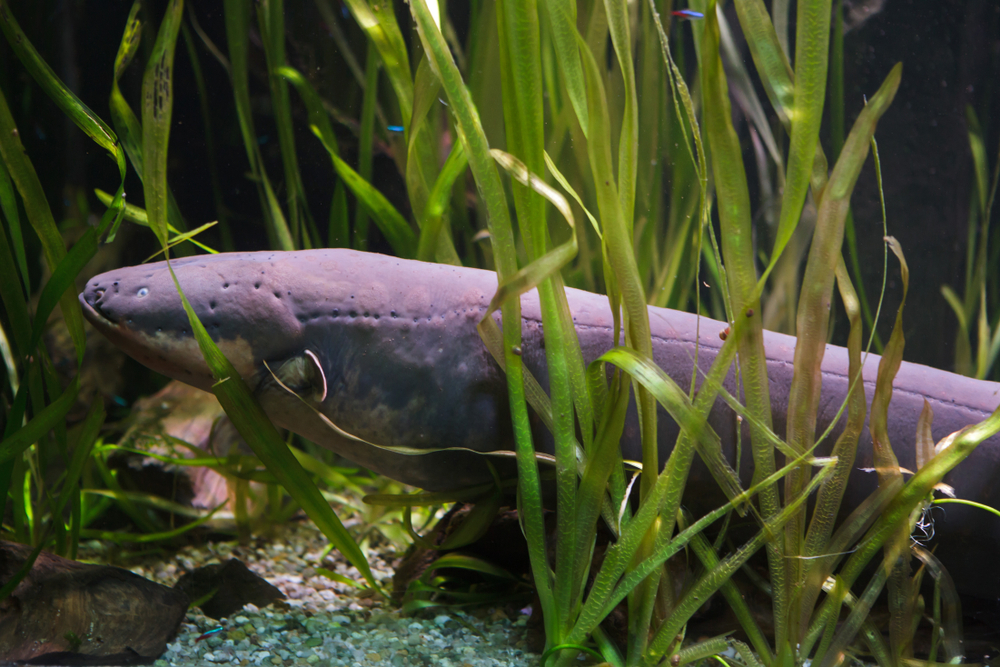
Electric eels are not true eels, but their electrifying ability more than makes up for it. Able to deliver shocks of up to 600 volts, this shocking creature can incapacitate prey or deter predators with ease. The electric eel’s power lies in specialized cells called electrocytes, which line its body. This zappy predator uses its electricity both for hunting and self-defense, turning a simple swim into a high-stakes encounter in the waters of the Amazon.
6. The Slow Loris’ Venomous Bite
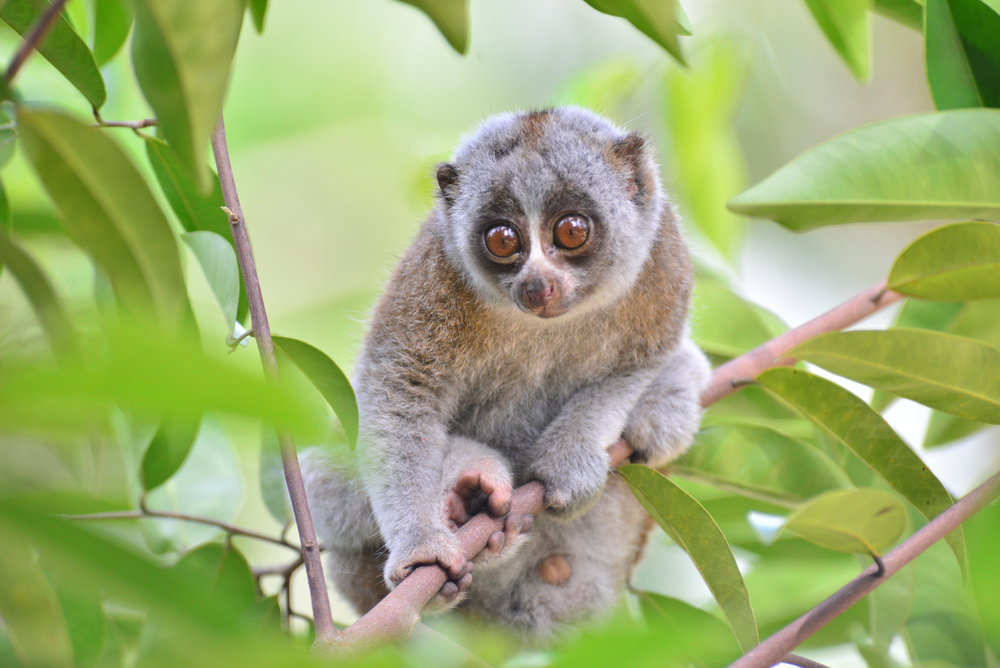
Don’t be fooled by the slow loris’ big, innocent eyes. This nocturnal primate has a venomous bite, making it one of the few venomous mammals. The toxin is produced by glands on its arms, which the loris licks to mix with its saliva. This venomous bite can cause pain and even allergic reactions in humans. The slow loris, with its unusual mix of cuteness and danger, is a rare example of a mammal using venom as a defense, showcasing yet another layer of complexity in nature.
7. The Tarantula Hawk’s Painful Sting
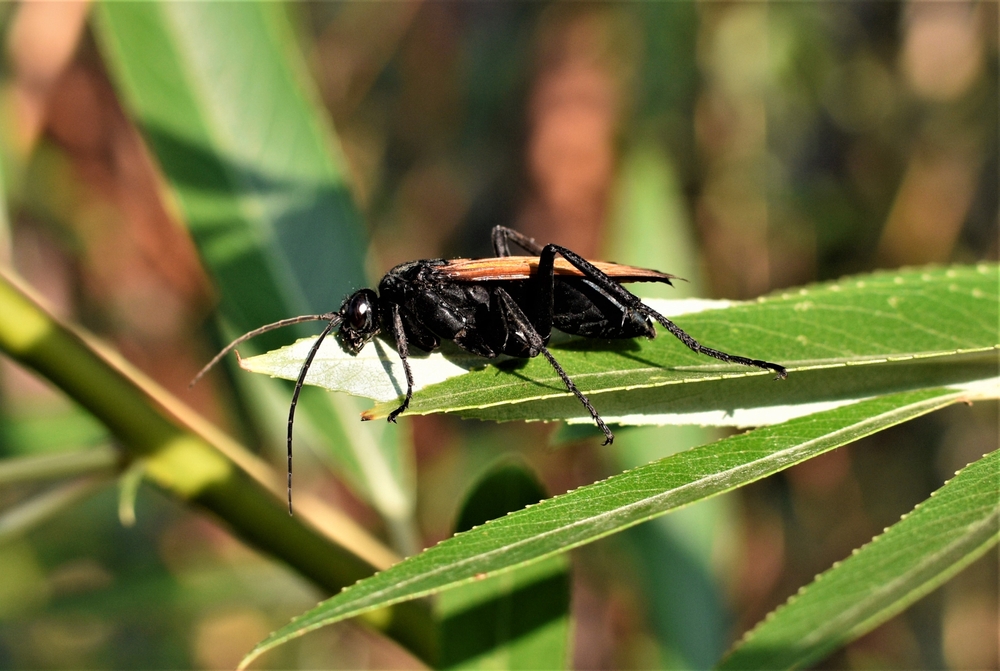
The tarantula hawk, a type of wasp, wields one of the most painful stings known to humans. This formidable insect hunts tarantulas, using its sting to paralyze its prey before dragging it to a burrow. The sting’s pain is intense but thankfully short-lived, yet it’s enough to make predators think twice. The tarantula hawk’s fearsome sting and its audacious hunting strategy highlight the wasp as a top-tier predator in the insect world, fearlessly taking on giant spiders in a deadly dance.
8. The Cone Snail’s Harpoon-Loaded Venom
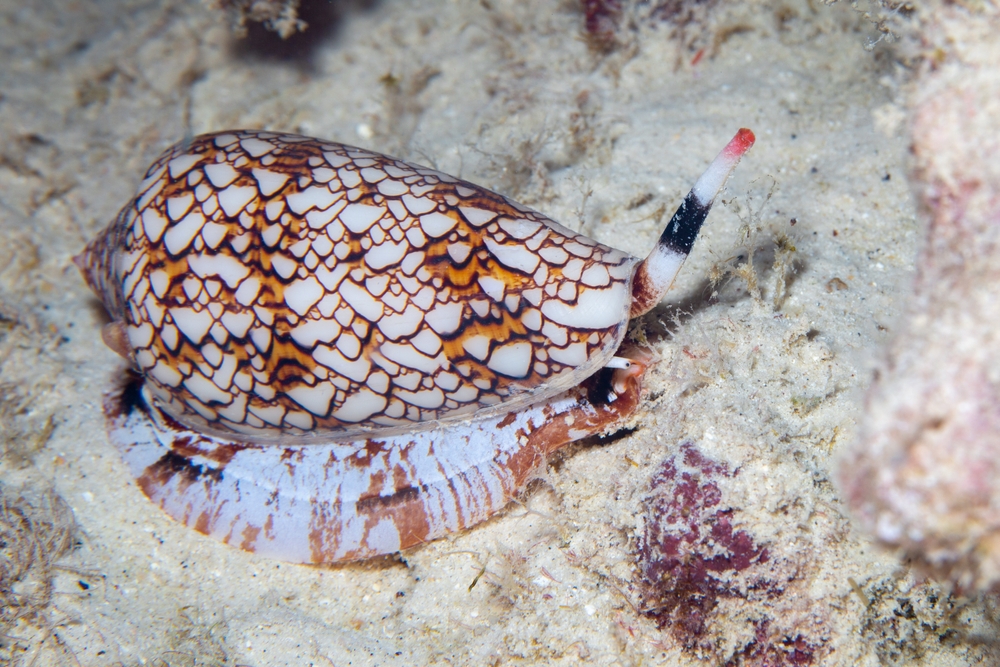
The cone snail might appear sluggish, but its arsenal is anything but. This marine predator boasts a harpoon-like tooth filled with potent venom, capable of delivering a paralyzing shot to its prey. Some species possess venom powerful enough to be fatal to humans. The cone snail’s method of hunting is both sneaky and swift, a testament to the hidden dangers lurking beneath the ocean’s surface. It’s a reminder that even the slowest creatures can have a rapid and deadly response.
9. The Bombardier Beetle’s Chemical Explosion

The bombardier beetle is a master of chemical warfare. When threatened, it ejects a boiling, noxious chemical spray from its abdomen, warding off predators with its explosive defense. This high-temperature spray is a result of rapid chemical reactions happening within the beetle’s body. The bombardier beetle’s unique ability to weaponize chemistry is a fantastic example of nature’s defensive innovations, proving that small size doesn’t preclude a creature from having a big impact.
10. The Box Jellyfish’s Invisible Stingers
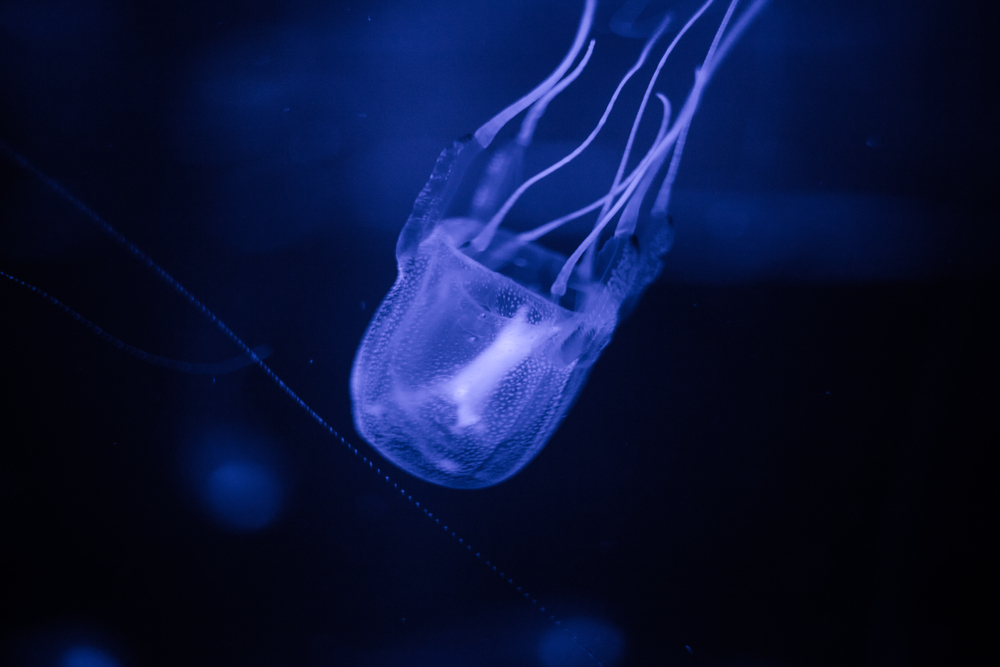
The box jellyfish is as beautiful as it is deadly, with tentacles equipped with nearly invisible stingers. These stingers, laden with venom, can cause extreme pain, and in some cases, they can be fatal to humans. The jellyfish’s transparency makes it a stealthy predator, drifting through the ocean with its unseen weapons ready to strike. The box jellyfish teaches an important lesson: in the ocean’s depths, danger often comes in the most transparent of packages.
11. The Stonefish’s Camouflaged Spines
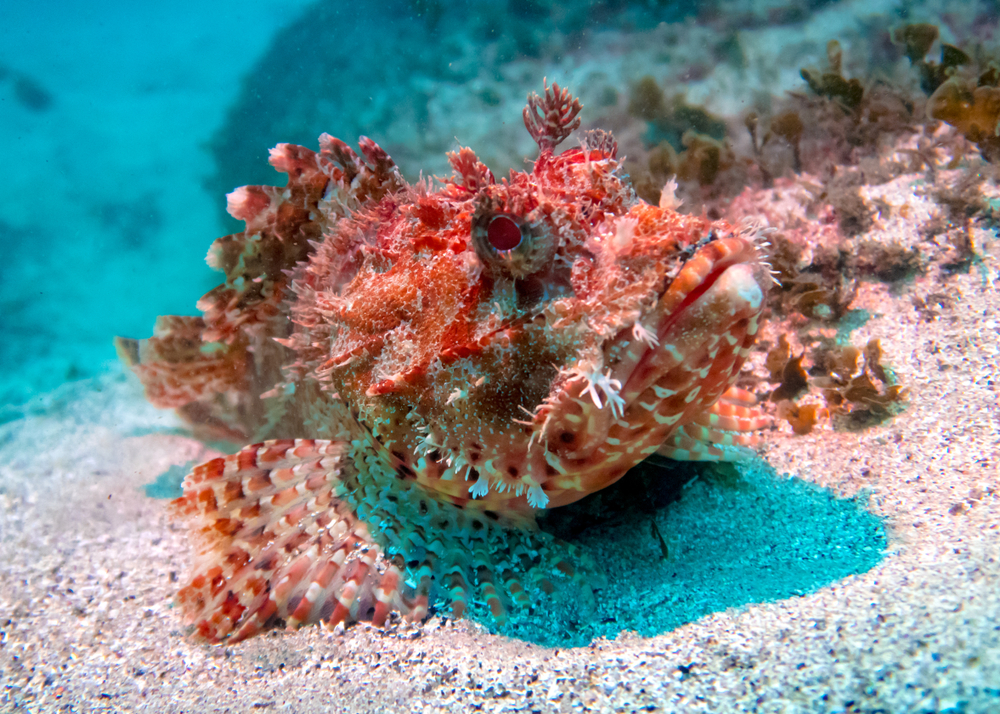
The stonefish is the ultimate master of disguise, blending seamlessly with the ocean floor. Beneath its rocky exterior lies a row of venomous spines, ready to inject a powerful toxin into unwary victims. This camouflaged predator is among the most venomous fish in the world, posing a significant threat to divers. The stonefish’s lethal combination of stealth and venom showcases the duality of beauty and danger in nature, reminding us that the ocean’s wonders can also be its most perilous.
12. The Komodo Dragon’s Bacteria-Laden Bite
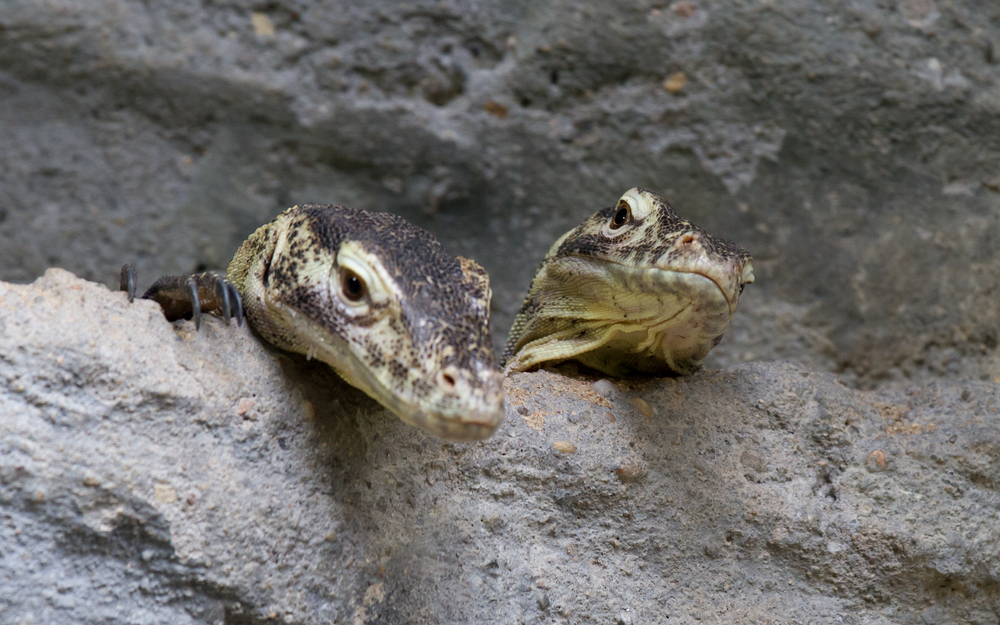
The Komodo dragon is a formidable predator, and its bite is a deadly weapon. Though recent studies suggest their mouths harbor venom, it’s the bacteria that have long been considered the real threat. The dragon’s bite introduces harmful bacteria into its prey’s bloodstream, leading to infection and eventual death. This slow-acting weapon allows the Komodo dragon to track and consume its weakened prey later. Evolution has equipped the Komodo dragon with a perfect blend of brute strength and bacterial warfare.
